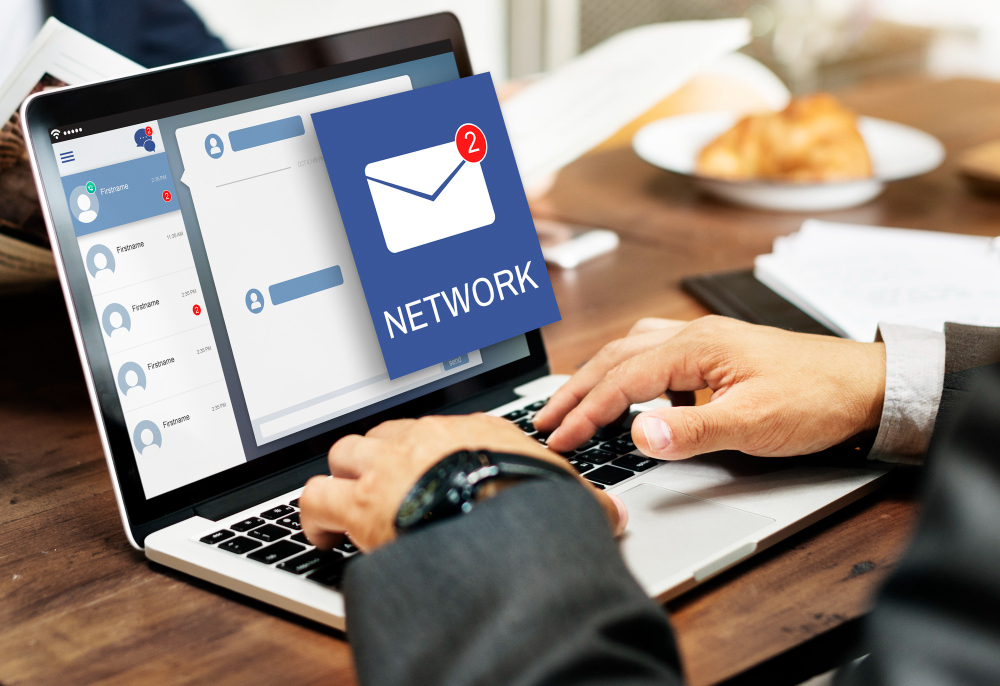5 Simple Strategies to Convert More Customers with Web Notifications
Introduction
Website push notifications include short message alerts on a user’s computer or tablet device when they’ve opened their browser. Websites use web push to communicate with users when they leave their site to increase engagement with users and increase conversions, as well as to enhance the user experience.
Compared to other traditional communication channels, such as email, web push is more straightforward for users and is much more difficult for them to ignore.
Best Practices for a Successful Web Push Notification
1. Don’t Send Duplicate Messages
If you’re running an app for mobile, you should avoid sending push notifications to users with push notifications from apps on their phones. Divide your notifications into the browser and app notifications, or choose one option.
In addition, sending duplicate messages could pose the possibility that you’ll be irritated by your clients, which could result in them blocking browser notifications or removing your app.
2. Enrich Push Notifications Packed With Rich Text and Multimedia
Utilizing rich media could help you deliver an appealing and visually appealing message. Furthermore, you can use rich media like images, carousels, or ratings to provide relevant information.
For instance, an E-Commerce company could use images to showcase products left in a shopping cart or encourage buyers to buy.
3. Make Sure That Your Notification Design Is in Line With Your Brand’s Strategy
If you see an image of a tiny girl dancing around in a white dress, the familiar jingle “Washing powder Nirma’ will immediately come to the forefront. This is how you can increase brand awareness and establish a sense of.
Moving in this direction, you can apply a background color in your notification pushes. Use background colors to make your push notifications more consistent with the layout of your app and help build your brand’s reputation.
This isn’t all. With no-code technology, it’s easy to grasp the concept, implement and implement. Zero hassles and 100 percent satisfaction.
4. Ask for Permission Later
Instead of asking permission to send out notifications on the first site visit, make sure to wait a bit longer. Visit some of your websites for a look to determine if they enjoy the content you provide.
If you’ve blog posts, you can wait until they’re halfway through the article before submitting a request for permission.
5. Make Important Information Visible and Avoid Misplacing It
Many brands send out too many important messages to their customers to prevent oversight. It is now possible to utilize push notifications that are sticky instead, i.e., users won’t be able to swipe to remove the push notification.
Instead, they will need to act to remove the notification. You can send important notifications such as delays to flights/ scheduling changes, EMI reminders, and others. Be aware of the frequency of messages to prevent interruptions for users.
Web push notifications require technical specifications to implement push notifications. Companies that want to use web push notifications usually use an online push service. For companies that are using Airship’s Airship Web Notify solution, the implementation needs:
HTTPS (secure) website or, if their site has HTTP access, the company can make one HTTPS website to manage registration for web push.
The installation of three pages on their website includes a javascript code snippet, the push-worker.js file that needs to be in their service workers, and an additional file referred to as an encrypted bridge domain for customers that are using HTTP websites.
If you’re executing the “soft request,” the development of a soft request registration interface.
What’s the Difference Between Mobile Push and Mobile Notifications?
While we typically think of web push as desktop notifications, web push notifications may be displayed on tablets and Android gadgets (Apple iOS doesn’t allow web push). The term “web” refers to the method that sends notifications to the device by web browsers (e.g., Chrome, Safari).
This is why web push notifications cannot be given to users unless the browser is running. However, mobile push notifications are delivered directly to the device’s operating system (e.g., iOS, Android) and can only be used by businesses with native mobile applications.
Every company with an online presence can send an email push notification by following a few easy steps to connect with a push notification service on the internet. Most companies use a third-party notification service to incorporate these features on their website rapidly and offer an efficient infrastructure to manage the process of enhancing, optimizing, and scaling their communication strategy.
Web Browsers and Devices That Can Support Push Notifications via Web
Browsers
Chrome, Firefox, Opera, and Safari are currently able to support web push notifications. The supported browsers are different by the vendor.
Notifications differ in appearance and style among operating systems and browsers. Certain notifications utilize the native notifications centers, whereas others don’t. This is also the case for different browsers and OS.
Devices
Web push notifications are compatible with any laptop or computer running any supported browser, regardless of whether it’s a PC or Mac.
However, not all mobile devices can receive push notifications from the web. iOS (Apple) phones currently do not support mobile push notifications via the web. This means that even when an iPhone or iPad is equipped with a browser such as Chrome running, the user cannot receive push notifications from the web on their device.
Android phones support push notifications from mobile websites for those who run Chrome, Firefox, and Opera on their devices.
Conclusion
Connect your landing pages, email marketing, live chat, and SMS and social media channels to create reports that will help you better understand how successful your marketing efforts have been through every significant point of contact.
Use push notifications to keep customers engaged and to re-engage them. Continuously optimize your push campaigns as part of a larger multi-channel strategy for marketing. Also, read 4 Ways To Improve Your Marketing Communications Strategy and Sell.





